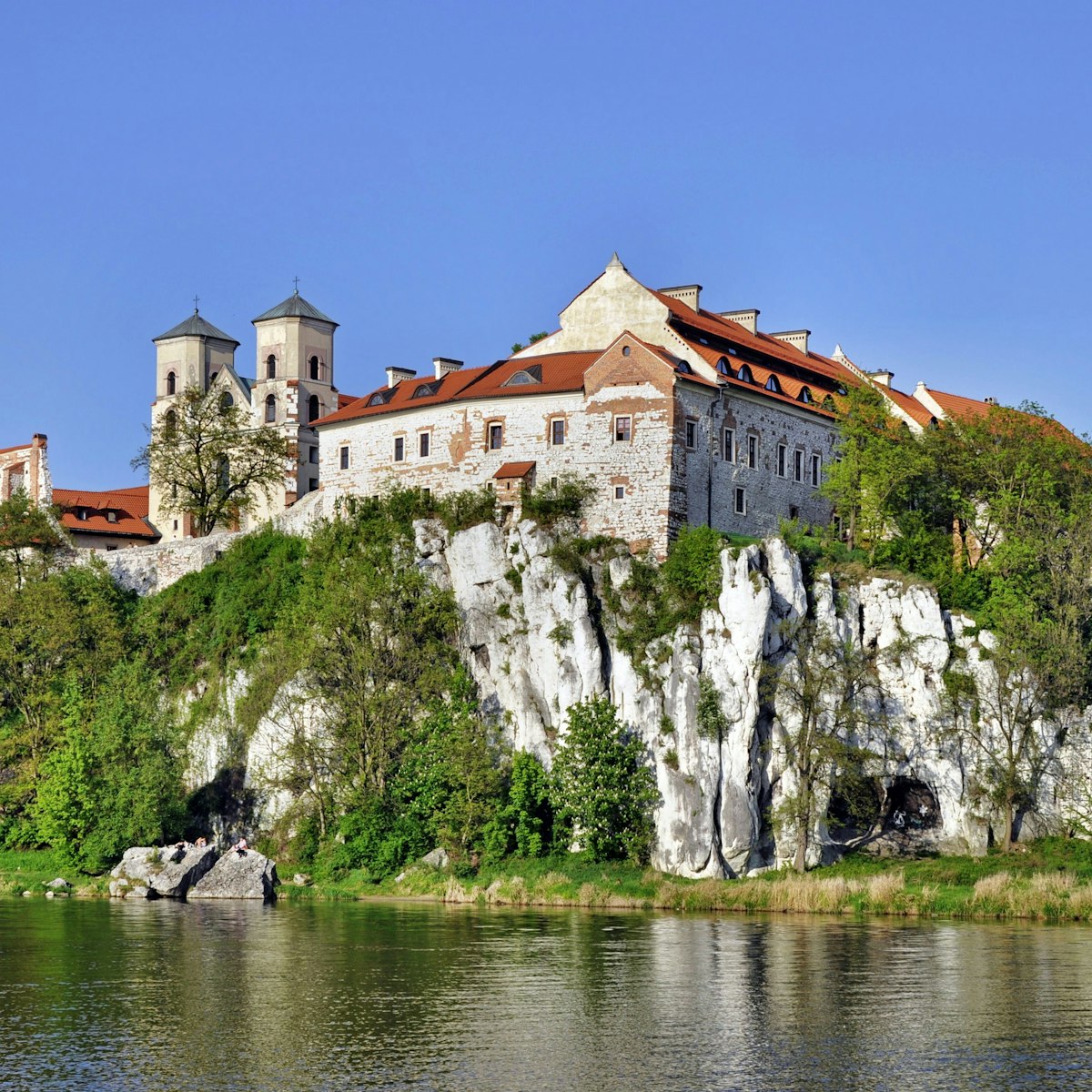Auschwitz-Birkenau is synonymous with the Holocaust. More than a million Jews, and many Poles and Roma, were murdered here by German Nazis during WWII. Both sections of the camp – Auschwitz I and the much larger outlying Birkenau (Auschwitz II) – have been preserved and are open to visitors. It's essential to visit both to appreciate the extent and horror of the place.
From April to October it’s compulsory to join a tour if you arrive between 10am and 3pm.
Book well ahead either online or by phone, or turn up early (before 9.30am). English-language tours leave at numerous times throughout the day, generally most frequently between 10am and 1.30pm, when they operate half-hourly. Most tours include a short documentary film about the liberation of the camp by Soviet troops in January 1945 (not recommended for children under 14).
The museum’s visitor centre is at the entrance to the Auschwitz I site. Photography and filming are permitted throughout the camp without the use of a flash or tripod. There’s a self-service snack bar by the entrance as well as a kantor (private currency-exchange office), free left-luggage room and bookshops with publications about the site.
If not on a tour, get a copy of the museum-produced Auschwitz Birkenau Guidebook (5zł). It includes plans of both camps.
The Auschwitz extermination camp was established in prewar Polish army barracks on the outskirts of Oświęcim by the German occupiers in April 1940. Auschwitz was originally intended for Polish political prisoners, but the camp was then adapted for the wholesale extermination of the Jews of Europe in fulfilment of German Nazi ideology. For this purpose, the much larger camp at Birkenau (Brzezinka) was built 2km west of the original site in 1941 and 1942, followed by another one in Monowitz (Monowice), several kilometres to the west.



